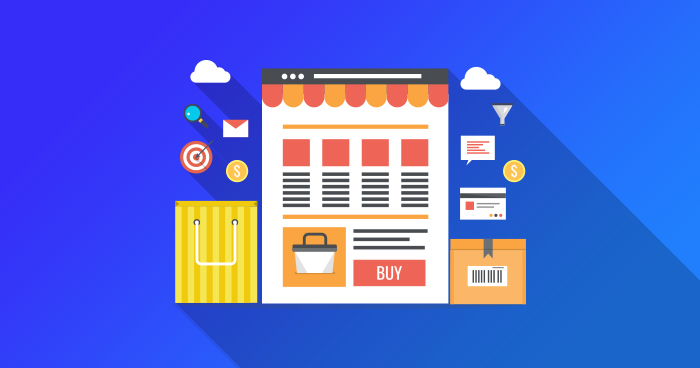
E-commerce has transformed retail and now accounts for almost 20% of global sales. Businesses must stay updated on the latest eCommerce trends to grow and maintain their competitive edge.
These trends include social commerce, personalization, AR/VR, subscription services, and sustainable and ethical shopping practices. Here are a few things to keep in mind: 1. Use the right payment platform like Stripe for your business.
Social media
A social media marketing strategy is a must for any eCommerce business. This is because customers are already using their favorite social platforms to search for products and services.
Consumer-to-business (C2B) is a type of ecommerce that involves consumers exchanging goods or services directly with businesses without the involvement of middlemen. Examples of this include an artist licensing his work to a retailer or social media influencers offering marketing services to brands.
While large retailers are enjoying the benefits of ecommerce, many small businesses are struggling to adopt this shift. These struggles often stem from a lack of resources and expertise. But these obstacles can be overcome by leveraging the right tools and strategies. These include social commerce, live shopping, and influencer marketing. These tactics can help you boost sales and gain a competitive edge.
Subscription services
In an on-demand world, subscription services provide shoppers with a sense of stability. They help consumers modulate their daily lives, streamline shopping tasks and purchases, and curate their lifestyle.
Subscription products and services are incredibly popular. In fact, the industry is expected to grow by more than 41% by 2023. Millennials are the biggest contributors to this growth, with many preferring curation subscription models.
As an ecommerce business, offering a subscription service is a great way to build brand loyalty and get recurring revenue. It’s also a great way to show customers that you understand their needs and wants, which increases the likelihood of them staying with your brand for years to come.
Live streaming
Live streaming is the process of recording a video in real-time and allowing viewers to see it as it happens. It can be used for many purposes, including ecommerce.
E-commerce live streaming is a powerful way to promote products and build brand awareness. According to Fit Small Business, it can increase customer loyalty by up to 10 times.
Streamers endorse products, organize marketing activities, improve consumers’ shopping experience, facilitate transactions, and obtain gifts. They play a critical role in LSC. This study explores the formation mechanism of guanxi between streamers and consumers based on the affordance theory and demonstrates that the effect of affective and cognitive affordances on swift guanxi mediates the effect of guanxi on purchase and gift-giving intentions. The results indicate that improving streamers’ technical application ability and enhancing their social skills are important for cultivating excellent streamers.
AR and VR
Whether it’s through AR product visualization or VR-powered virtual showrooms, companies are using immersive technology to provide their customers with more engaging shopping experiences. This helps increase conversion rates and builds long-term brand loyalty.
While AR and VR are often confused, they offer different benefits to eCommerce businesses. Augmented Reality uses the camera of a smartphone to overlay digital information on a physical object. Examples include Snapchat filters or the “try it on” feature in online clothing stores.
VR, on the other hand, places a headset over your eyes and transports you to a completely computer-generated world. This allows you to walk around virtual showrooms and try products on in a way that isn’t possible in real life. Think virtual makeup counters or automobile showrooms.
Mobile shopping
m-commerce is on the rise, as customers have access to a much wider product range and can compare pricing faster thanks to their smartphones. This also opens the door for brands to expand into untapped markets and tap into their mobile user base.
With consumers becoming more and more reliant on their digital devices, m-commerce is set to take eCommerce to new heights. For this reason, it is important that retailers optimize their sites for mobile so they can cater to a larger customer base. Consumers want to shop with ease, so providing them with a seamless checkout process and personalized recommendations is key for business success. In fact, research shows that two out of three young consumers do most of their shopping online.